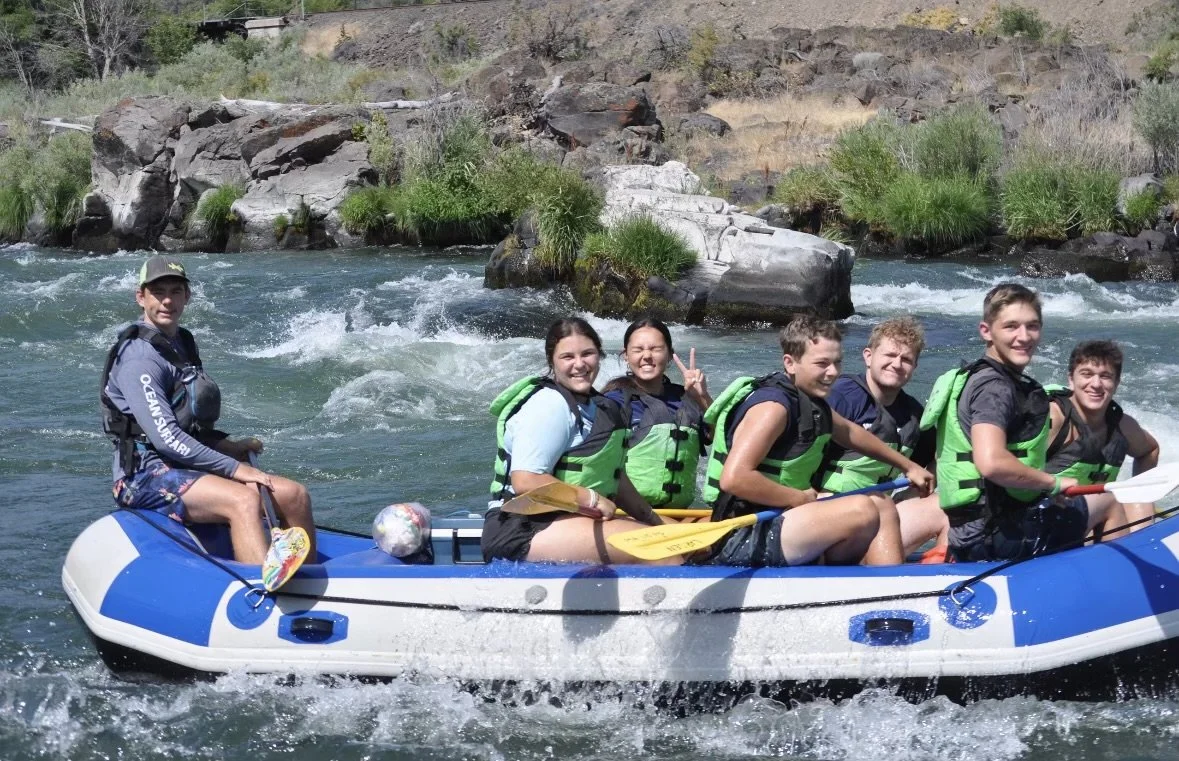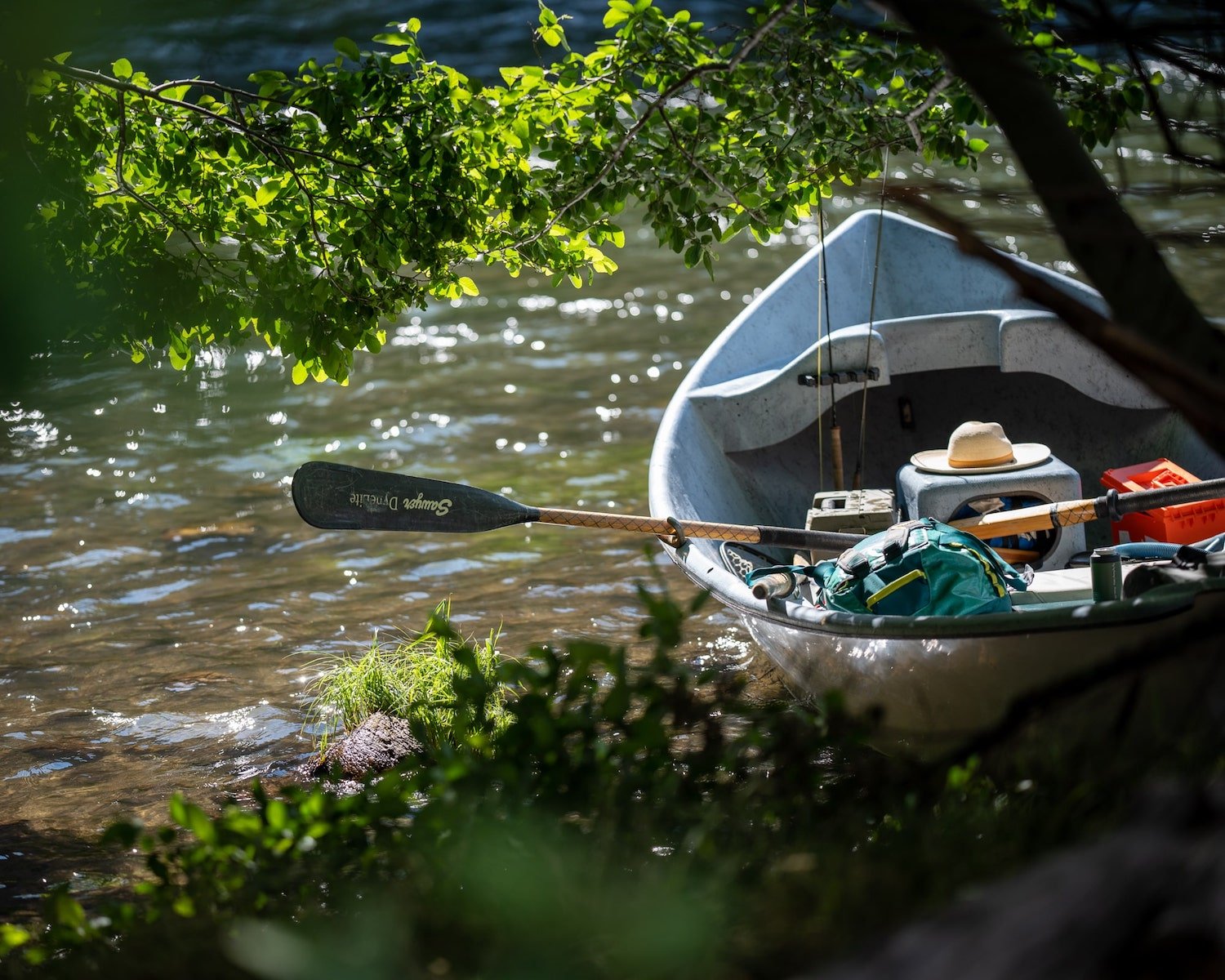OSU Research Points to Uncertain Future for Deschutes R. Spring Chinook
Warmer water is putting the future of spring Chinook in the lower Deschutes River at grave risk.
Ceratonova shasta present in potentially lethal doses
A parasite lethal to spring Chinook remains in the Deschutes River at densities known to cause infection. Ceratonova shasta can infect both juvenile and adult spring Chinook. Prior to warmer river temperatures due to the operation of Portland General Electric’s Selective Water Withdrawal Tower, potentially lethal concentrations of C. shasta were uncommon in the lower Deschutes River.
In late May, Dr. Julie Alexander, a researcher at Oregon State University, presented results for an audience that included the DRA’s science team. She described the results of a 2022-2024 project that sampled water at the Pelton Trap near the re-regulating dam, just upstream of Warm Springs, and at Oak Springs, just downstream of Maupin, documenting high levels of a C. shasta-derived spore during those years that infects spring chinook and can prove fatal to them. The DRA was one of several NGO’s that partially funded analysis of this data.
C. shasta has a complex life cycle that relies on a tiny polychaete worm as an intermediate host. This intermediate host sheds actinospores into the water column that attach to the gills and then infect spring chinook. Increases in the intermediate host as the result of warmer, more nutrient-rich water in the Deschutes have been documented and are thought to lead to higher densities of C. shasta spore counts. The parasite causes severe intestinal hemorrhaging and death. Mortality increases with water temperature and the density of spores in the water column.
An unprecedented spike in pre-spawning mortality in 2014 prompted researchers to investigate whether C. shasta has proliferated in the lower Deschutes. Subsequent studies indicate that it has, and that its ongoing life-cycle in the river presents a serious risk to the future of spring chinook in the lower Deschutes.
The highlights of Dr. Alexander’s report:
Ceratonova shasta infects and causes disease in outmigrating juvenile salmon and can be a major contributor to mortality. Mortality is higher when water temperatures are higher than 14-16°C (57.2-60.8 F) or parasite densities are greater than than 10 spores per liter of river water. Conditions at the two sample sites often were within these parameters.
Consequently, juvenile salmonids present in the lower Deschutes River from April-September 2022, June-July 2023, and May-July- 2024, would have experienced significant risk of infection and disease.
Spring Chinook enter the system from the Columbia River in mid-late May and migrate upstream, mainly to the Warm Springs River, or to the Pelton Trap downstream of the re-regulating dam. Potential overlap with high C. shasta densities and migration timing may have driven increased adult pre-spawn mortality in 2022 and 2024.
Fall Chinook adults enter the Deschutes system starting in September and migrate upstream. Typically, this run timing would have lower risk of exposure to high C. shasta densities, but elevated densities of C. shasta in fall of 2024 suggest the potential for increased risk of pre-spawning mortality in adult fall Chinook.
One possible way to ameliorate the risk: change Tower operations to put colder water back into the lower Deschutes during the spring and summer. The DRA is continuing its work to make this a reality. Stay tuned for more developments on the cleaner, cooler water campaign as the weeks unfold.
More From The Blog
Subscribe the the DRA Newsletter
The Deschutes River Alliance is your focused voice to protect the lower Deschutes River, its cold water flows and the fish and wildlife that are sustained by them. We send regular emails with important data and news about the lower Deschutes River. We will not sell or loan your contact information to others.
How to Support the DRA
Everyone wants clean, healthy water in the Deschutes River. Oregonians cherish our clean and healthy waterways to provide drinking water, wildlife habitat and recreational activities. The lower Deschutes River is a federally designated Wild & Scenic River, and a national treasure. It must be protected for the environmental and economic health of Central Oregon. We believe by working together we can return the lower Deschutes River to full health.






















